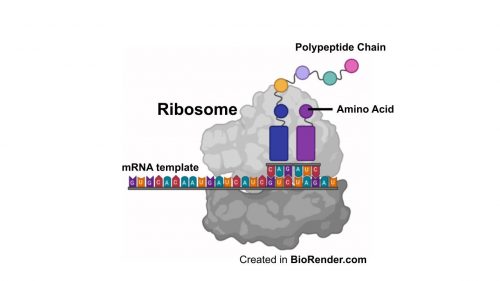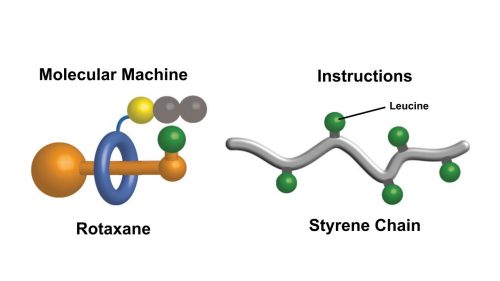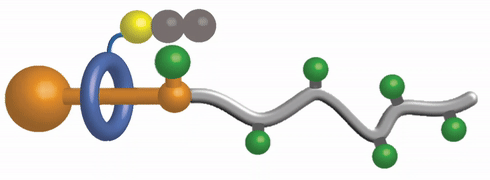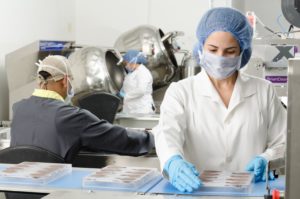Dumbbell-Shaped Machine Decodes Polystyrene
Fields covered: Molecular Machines, Catalysis, Nanoscience
Related Articles: § ![]() An artificial molecular machine that builds an asymmetric catalyst
An artificial molecular machine that builds an asymmetric catalyst
Today we hear people grumbling about dining-in restrictions, closure of gyms, and then there’s this whacky hot weather that is toasting all of us. We probably also hear complains about the natural world : “Why does it have to rain of all times ???” or “Why are mosquitoes and cockroaches even alive ??” (well, yes reasons include ecology, weather pattern changes can technically be attributed to anthropogenic reasons but that’s another topic for another day).
Today, let’s look at what wild research nature has done so far.
Nature has provided us with billions of years of refined products that reside inside our bodies. One important biomolecular machine is the ribosome. The ribosome reads instructions from threads of genetic sequences to string together amino acids to manufacture the proteins in our bodies.

Inspired by this model, a team of researchers (Guillaume de Bo et al.) designed and synthesised a simple molecular machine to make a simple protein molecule that can further fold into a catalyst. Among structurally similar molecules produced in the reaction, the catalyst has 96% selectivity for the desired product.
This machine, known as a rotaxane, resembles a dumbbell with an unattached ring encircling the handle. The thread of instructions is a polystyrene chain with leucine amino acids attached to it.

The entire process can be summarised into a few steps :
- Instructions are threaded through the ring.
- Ring moves across the dumbbell handle and reaches a stopper (leucine amino acid).
- Ring picks up the leucine molecule and adds it to a chain.
- Ring is no longer blocked and continues moving downstream.
- Repeat 2 – 4 until there are no more stoppers.

This addition is controlled by the range of lengths of the polymer to ensure that the chain is around 6 to 7 leucine molecules long. The chain then folds into a functional catalyst.
While this has produced outstanding results, it is limited by the manufacture of the machine itself and by the time taken to synthesise the product. When compared to the ribosome’s addition of multiple amino acids within seconds, the machine takes 96 hours to add 6 to 7 leucine residues.
Taking a step back to appreciate this molecular machine, when compared to billions of years, this is already one big step towards mimicking and producing our own artificial molecular machines. So, don’t be too disappointed by any small step that you take in achieving your goals 🙂




